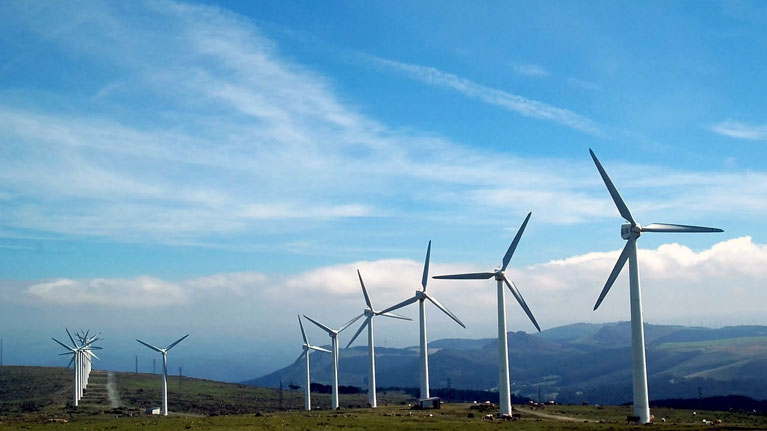
Wind power has claimed a dominant position as a driving force for change in the generation of clean sources of alternative energy. However, this rapid rise has driven the emergence of operating and performance problems that are fundamentally related to poor maintenance practice.
Analysis of lubricant and available erosion particles is regarded as the most effect predictive/proactive tool for achieving optimal performance in the multipliers and reducers upon which wind turbines depend greatly in order to function smoothly.
The elements which are key to the equipment’s oil enabling optimal functionality are:
1. Choosing the right lubricant allows us to prolong the shelf-life of machine components, as well as that of the oil itself. For this reason, you must take great care in choosing a lubricant, bearing in mind the manufacturer of the equipment, components, filters, as well as the lubricant.
2. The main problems occurring in lubricant (micropitting, foaming/air removal, lubricant degradation) can be monitored through oil analysis, as it is one of the most effective predictive/proactive tools when it comes to achieving optimal wind turbine performance.
3. By assessing particles in the oil we can determine the severity of erosion in the wind turbine. In addition to physico-chemical profiling, a sound programme of routine analytics must also include the analysis of contaminants, metal content and the assessment of particles, in order to achieve optimal performance in an oil analysis programme.
4. The recommended analysis frequency is six months. Maintaining this frequency is key in terms of enabling us to establish clear predictive maintenance criteria.
5. Correctly choosing sample taking points is a critical factor when studying trends and oil particle analysis. It is also very important that maintenance personnel are trained to carry out in situ inspections each time they take samples.


